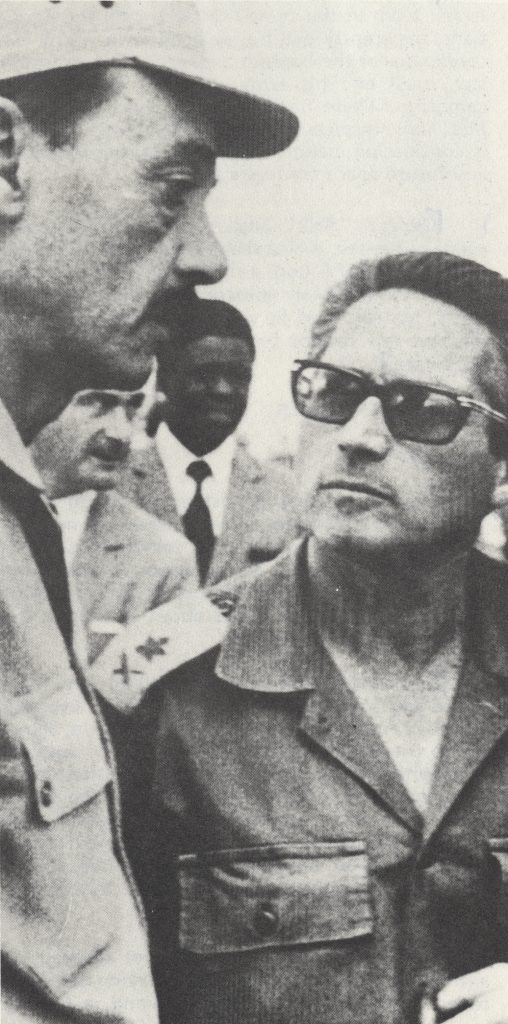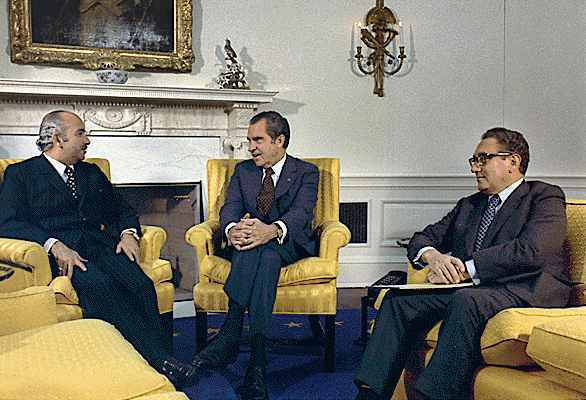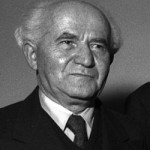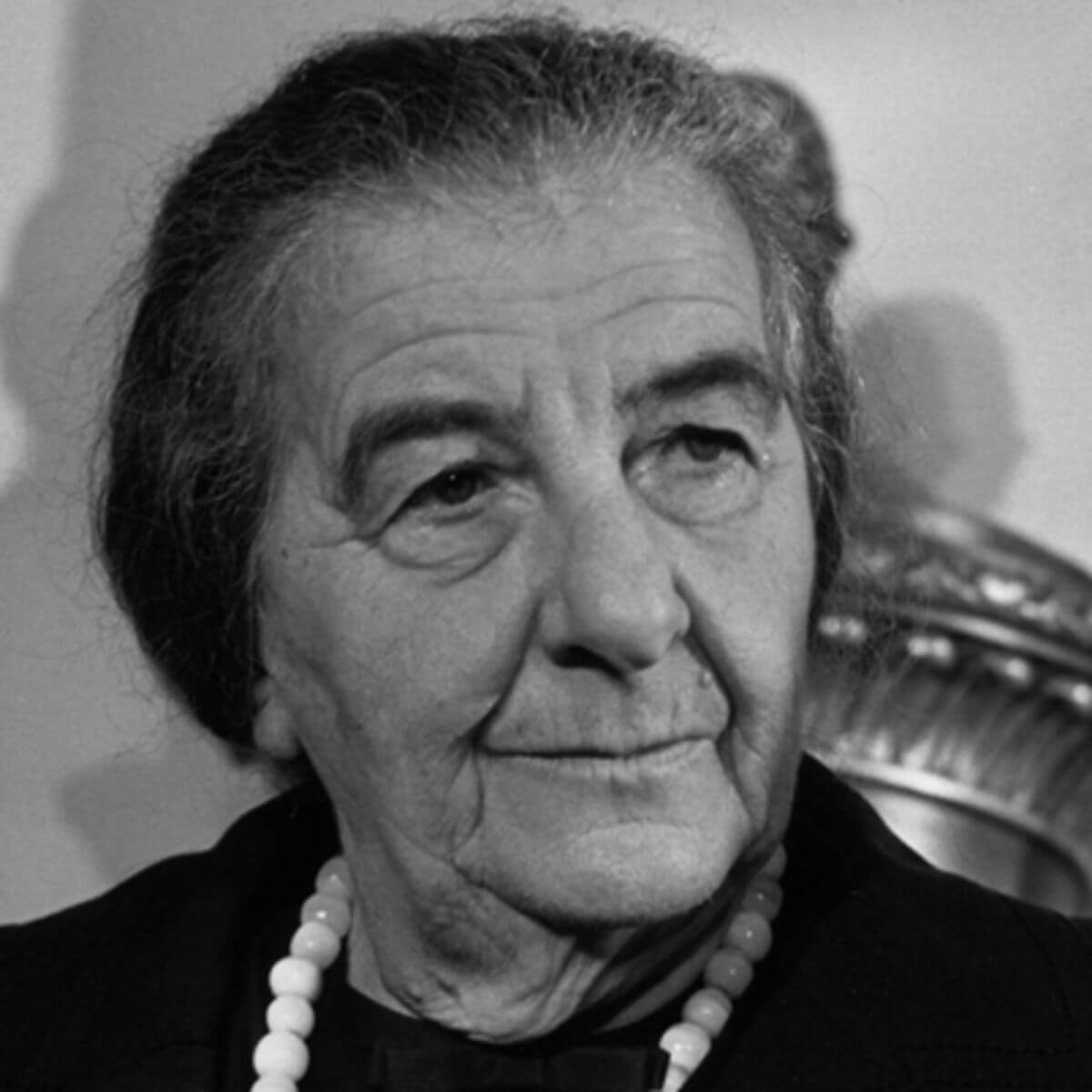.1 | 29 October: Preparations for Golda Meir's Trip to Washington
This was the calmest day in the prime minister’s bureau since the outbreak of the war, and for the first time since fighting began, she went to visit the front. She met with OC Southern Command, Gorodish (Gonen), and asked him two questions, which were of great importance for the coming talks: A. Where were the IDF forces located on 22 October, at 18:52, the hour that the ceasefire was supposed to come into effect? B. Did the Egyptians open fire after that?
The general showed her the deployment of the forces on 22 October on a map, and confirmed that the Egyptians had opened fire after the ceasefire. After that, Gorodish described the problems that were holding up the transfer of supplies to the Third Army, and the dire straits it was in regarding the quantities of water, food and ammunition available (For the main points of the talk, see: the Prime Minister’s Bureau Journal – 29.10.73). Afterwards, Golda went to visit the IDF soldiers on the western bank of the Suez Canal, accompanied by Dayan, Elazar and Galili. She met with the division commanders and spoke with the soldiers. In answer to their questions, the prime minister explained the government’s motives in deciding on the ceasefire and allowing the transfer of limited supplies to the Third Army. No one doubted that they were capable of dealing with the Third Army appropriately, she told the soldiers.
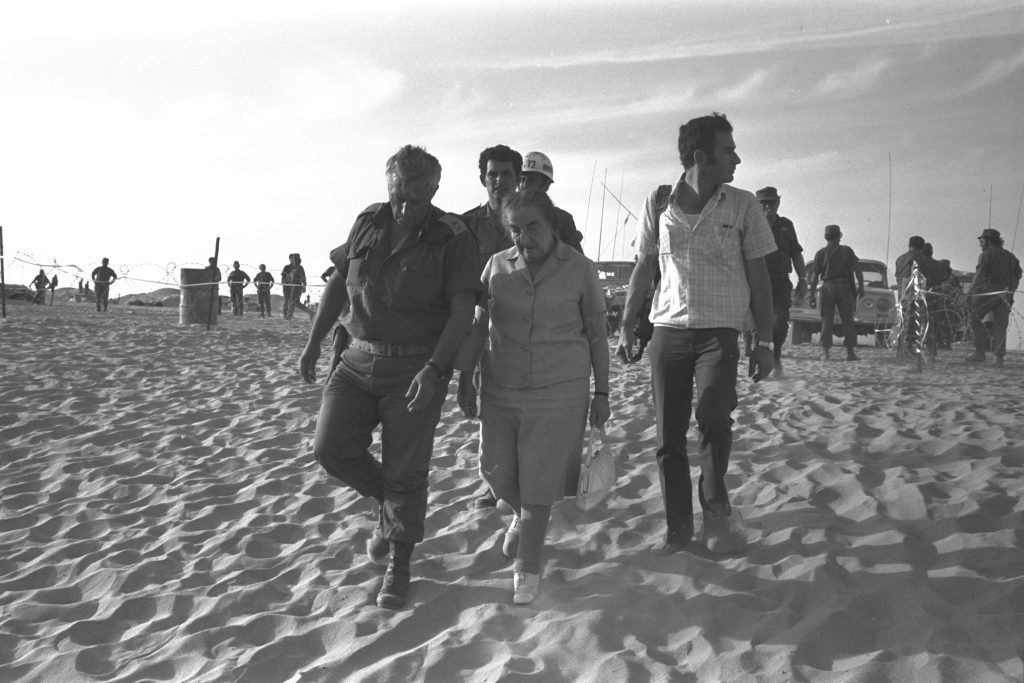
Prime Minister Meir accompanied by Maj.-General Arik Sharon visiting the Southern Command in Sinai, 29 October 1973. Photograph: Tsiyon Yehuda, GPO
That evening Dinitz sent Gazit Kissinger’s announcement that Nixon would be happy to meet with the prime minister on Thursday, 31 October. She would also meet the secretary for a thorough examination of the issues overshadowing relations between Israel and the US (See: Telegram No. LV/342). However, that was the only positive sign, and meanwhile the disagreements between Israel and the Americans continued. Moreover, Dinitz warned that Kissinger was not prepared to support the Israeli proposal for an exchange of territories and forces at this stage, since he believed that Sadat would not accept it (See, for example: Telegrams Nos. LV/340, 341).
That same day, Egyptian Minister Fahmi and Kissinger met in Washington. Fahmi claimed that this was the first turning point in 25 years – that is, since 1948 – and that Sadat, together with the Arab and African countries, could change the situation. He emphasized the importance of implementing Security Council Resolution 338. Kissinger replied that he wanted to establish a real ceasefire, but it was more important that it result in peace talks within 3-6 months – otherwise they would be facing a new war. (See Foreign Relations of the United States, 1969-1976, Vol. 25, Memorandum of conversation, 29 October 1973, pp. 784-791).
After his meeting with Fahmi, the secretary told Dinitz that Nixon requested that Israel agree to an additional gesture on the eve of Golda’s visit, and respond positively to the request to approve an additional supply convoy “which can be smaller, say 50 vehicles”. Dinitz replied that if he wanted Israel to take his proposal seriously, perhaps he would persuade the Egyptians “also to make a special gesture, and at least begin releasing prisoners (in addition to the wounded ones)” (See: Telegram LV/350).
In view of these developments, it was clear that there were still points of dispute between the two countries, which could only be resolved during the visit. The following day was therefore dedicated entirely to preparations for Golda’s crucial trip to Washington

